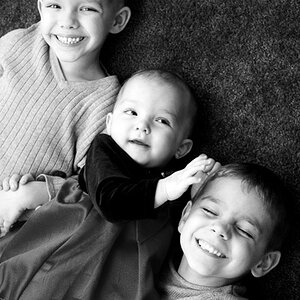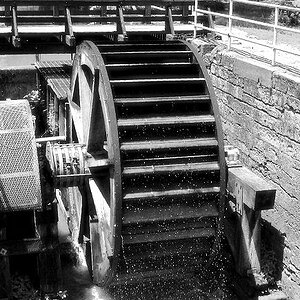smackitsakic
TPF Noob!
- Joined
- Mar 21, 2010
- Messages
- 246
- Reaction score
- 8
- Location
- Saskatchewan
- Can others edit my Photos
- Photos OK to edit
This is a photo I found on a friends facebook page. Not saying this is a perfect capture of a starburst with a foreground subject, but it's an example for me to provide to you:
(EDIT: I removed the photo due to it being property of another photographer)
How do you achieve a result like this? I've tried, a few times, to get such a starburst, and seem to fail every time. I understand that a small aperture (f22, for instance) is the key to getting a good starburst. I've had no problems getting starbursts with this aperture on simple subjects like a streetlight against a night sky.
In this portrait example, however, I run into problems. Any time I try to do a starburst like this I get an extreme overexposure and a pitiful, if even existant, starburst.
To get results like the picture above do you need to use fill-flash to ensure that the foreground subject (people, in this photo) are properly exposed? Or is it a simple matter of using a small aperture, metering off the foreground subject, locking the exposure, recomposing, and firing away?
I'd really like to learn how to nail down this effect as I think it can add soul to the correct images.
Your advice is appreciated!:thumbup:
(EDIT: I removed the photo due to it being property of another photographer)
How do you achieve a result like this? I've tried, a few times, to get such a starburst, and seem to fail every time. I understand that a small aperture (f22, for instance) is the key to getting a good starburst. I've had no problems getting starbursts with this aperture on simple subjects like a streetlight against a night sky.
In this portrait example, however, I run into problems. Any time I try to do a starburst like this I get an extreme overexposure and a pitiful, if even existant, starburst.
To get results like the picture above do you need to use fill-flash to ensure that the foreground subject (people, in this photo) are properly exposed? Or is it a simple matter of using a small aperture, metering off the foreground subject, locking the exposure, recomposing, and firing away?
I'd really like to learn how to nail down this effect as I think it can add soul to the correct images.
Your advice is appreciated!:thumbup:
Last edited:


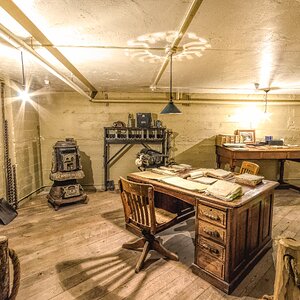
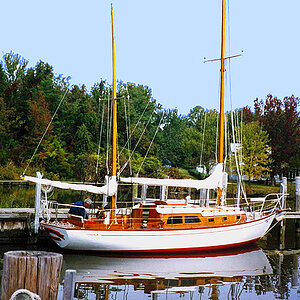
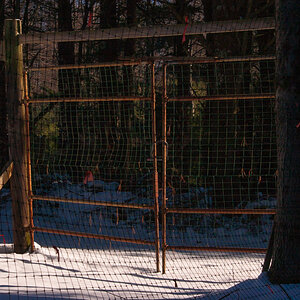


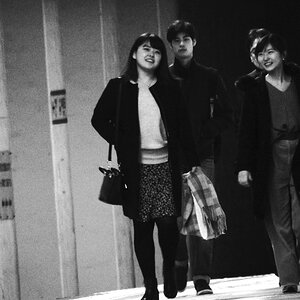
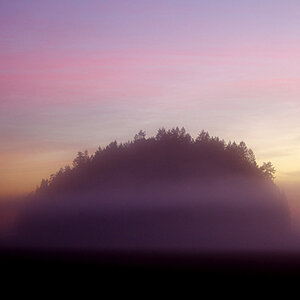
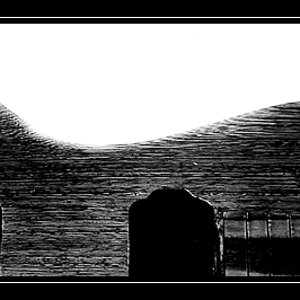
![[No title]](/data/xfmg/thumbnail/39/39511-592cbd68b1d797ffce7e41e4fbfed890.jpg?1619739066)
